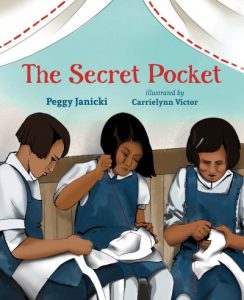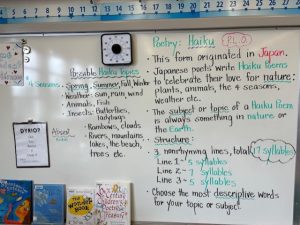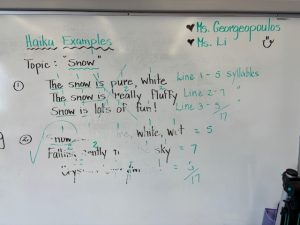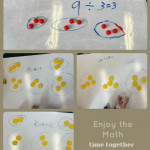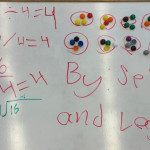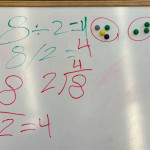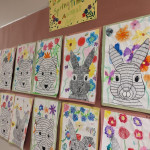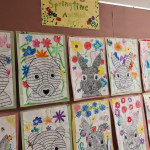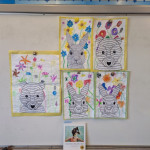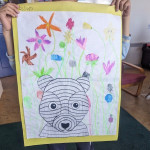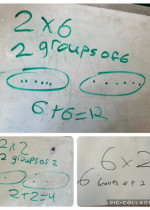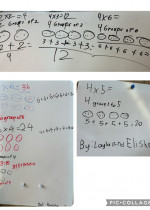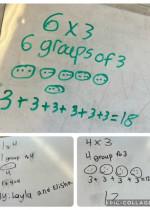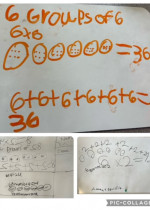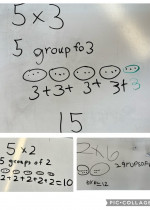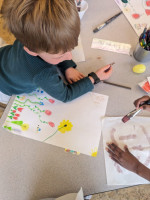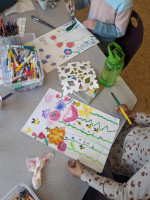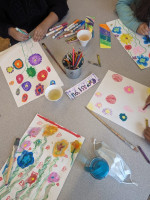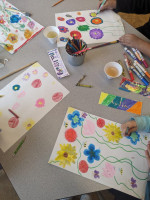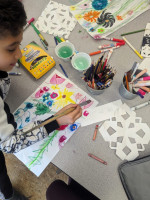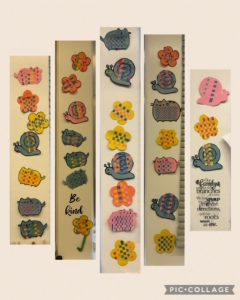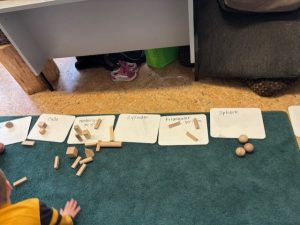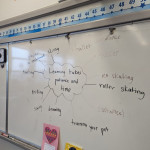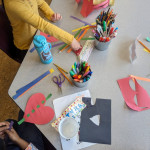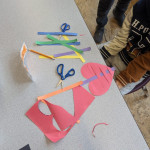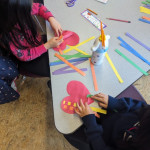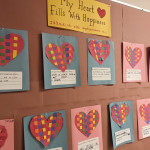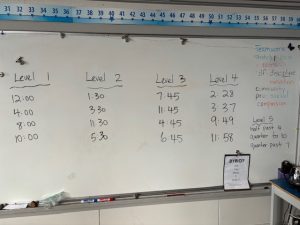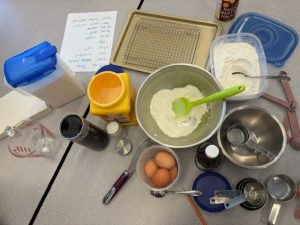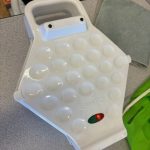Dear families,
Today is Earth Day and our Jump Rope for Heart event. To learn more, click here to visit our school website.
On Wednesday, classes all over Burnaby were invited to attend an Indigenous lesson. It was a Virtual Drum Circle and online teachings with honoured Guest Xwaluputhut, Patrick Aleck. As I was away this day, please ask your child about what they experienced and learned.
Here is a summary from Amazon:
Mary was four years old when she was first taken away to the Lejac Indian Residential School. It was far away from her home and family. Always hungry and cold, there was little comfort for young Mary. Speaking Dakelh was forbidden and the nuns and priest were always watching, ready to punish. Mary and the other girls had a genius idea: drawing on the knowledge from their mothers, aunts and grandmothers who were all master sewers, the girls would sew hidden pockets in their clothes to hide food. They secretly gathered materials and sewed at nighttime, then used their pockets to hide apples, carrots and pieces of bread to share with the younger girls.
Based on the author’s mother’s experience at residential school, The Secret Pocket is a story of survival and resilience in the face of genocide and cruelty. But it’s also a celebration of quiet resistance to the injustice of residential schools and how the sewing skills passed down through generations of Indigenous women gave these girls a future, stitch by stitch.
After listening to this story, children may have more questions. Please feel free to have a conversation with your child about their thoughts and feelings about the many hardships that children experienced in Residential Schools. Conversations at home and school are an important part of truth and reconciliation.
We are poets!
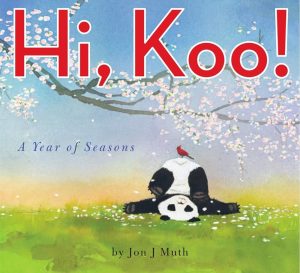 Students were introduced to the Haiku as a Japanese structure. The traditional haikus had three lines. The first and last line has five syllables while the middle line has seven. This was great review and practice for how to count syllables.
Students were introduced to the Haiku as a Japanese structure. The traditional haikus had three lines. The first and last line has five syllables while the middle line has seven. This was great review and practice for how to count syllables.
We read Hi, Koo!: A Year of Seasons. This was a book that offers 26 haikus about the four seasons. The author moves away from the traditional 5-7-5 syllable structure because english words typically have more than one syllable per word.
I loved the way the poet painted pictures for our minds to see. We are almost all finished our good copies which will go on display in our classroom soon!
I hope you enjoyed writing a poem WITH your child during our student led conferences!
We are mathematicians.
I am always so impressed with how quickly children learn. We were introduced to division concepts on Monday and by Friday, almost all were experts!
Students really love learning together to explore concepts. So many core competencies are practiced when they learn together: communication, collaboration, critical thinking, personal and social responsibility. It truly is heartwarming to see them work so well as partners.
How to support at home: Give a division question that will not result in having a remainder. For example: 20 ÷ 4 = 5 or 12 ÷ 3 = 4
What this represents is: The total number (20) ÷ the number of groups (4) = equals the number in each group (5)
Your child then would draw four circles to represent the number of groups and then divide the total number (20) equally into the groups to discover there would be 5 in each group.
We also learned there are three other ways to write the equation. Take a look at the images for how and ask your child to show you what they learned so far.
We are artists!
This week, students finished off their springtime animal art and I couldn’t be prouder of everyone’s work! We started off with the Read Aloud: “Sometimes I Feel Like a Fox” by Danielle Daniel, a story which gives an introduction to the Anishinaabe tradition of totem animals. We spoke about the meaning of the bear and rabbit in our art. In the story, the bear is described as brave and confident, and the rabbit as creative and adventurous. Students then finished off painting their flowers, adding “texture” to their animals, and glueing their finished art onto coloured background paper. In this project, students “developed processes and technical skills in a variety of art forms to refine artistic abilities” (BC Curriculum Arts Education 2/3.)
- Monday, April 29 – Pro-D Day; students do not attend
- Friday, May 17 – Sports Day & early dismissal
- Friday, May 31 – 2 PM Early dismissal
